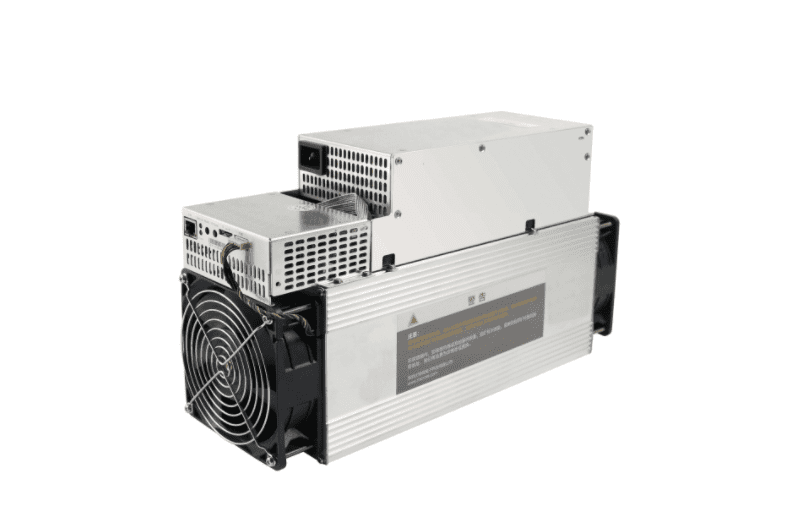Canadian crypto miner Hut 8 Mining announced yesterday that it would buy 12,000 new MicroBT mining machines for US$58.7 million from Inchigle Technology Hong Kong Ltd., as the mining company continues to expand its North American presence.
Fast facts
- Hut 8 Mining said the new machines will represent an aggregate incremental production of 1.17 exahashes per second, and these new miners are expected to be delivered starting next January at a delivery rate of about 1,000 machines per month.
- The new deal is expected to increase Hut 8’s total contracted capacity to about 3.57 EH/s, on top of 1,600 gigahash of NVIDIA GPU miners, according to the statement. The company plans to deploy the new miners at its existing two sites in Alberta, Canada.
- “While timing relative to Bitcoin achieving an all-time high is coincidence, this investment serves to reinforce our commitment to efficiently mine and hold Bitcoin,” Jaime Leverton, CEO of Hut 8.
- While industry players in North America appear to expand their operations, the outlook for those in China seems to remain dim. China’s National Development and Reform Commission (NDRC), the country’s top economic planner, yesterday officially began soliciting public comment on the classification of “virtual currency mining” as a “phase-out industry.”
- The NDRC’s move comes in line with its previous announcement of consulting the public on the draft of a market access negative list, which included labeling the crypto mining industry as “outdated.” That means the crypto mining industry could be subject to even harsher restrictions.
- In the wake of the stepped-up ban in China, many crypto miners are moving to more regulation-friendly shores, and the U.S. has appeared to be benefiting from the exodus. The U.S. has overtaken China’s leading position in cryptocurrency mining, according to the latest data from the Cambridge Bitcoin Electricity Consumption Index compiled by the Cambridge Centre for Alternative Finance. At the end of August, the U.S. accounted for 35.4% of the global hashrate share — which refers to the level of computing power required to mine — representing a significant surge from 16.8% at the end of April.

